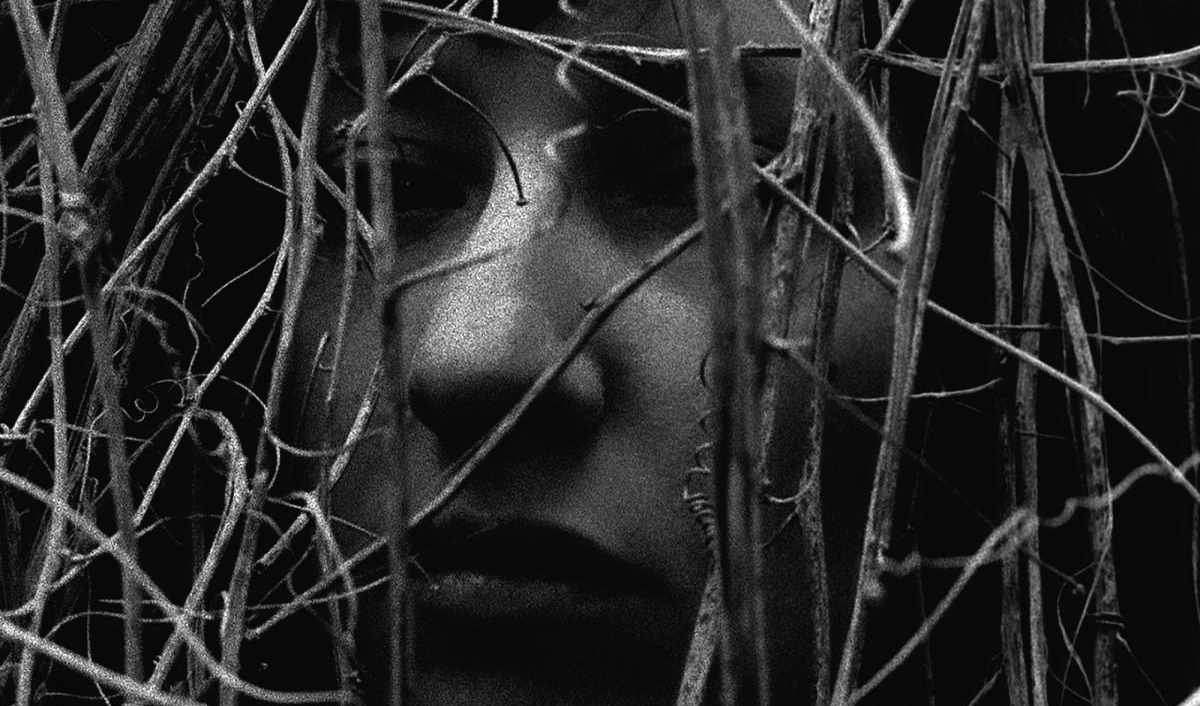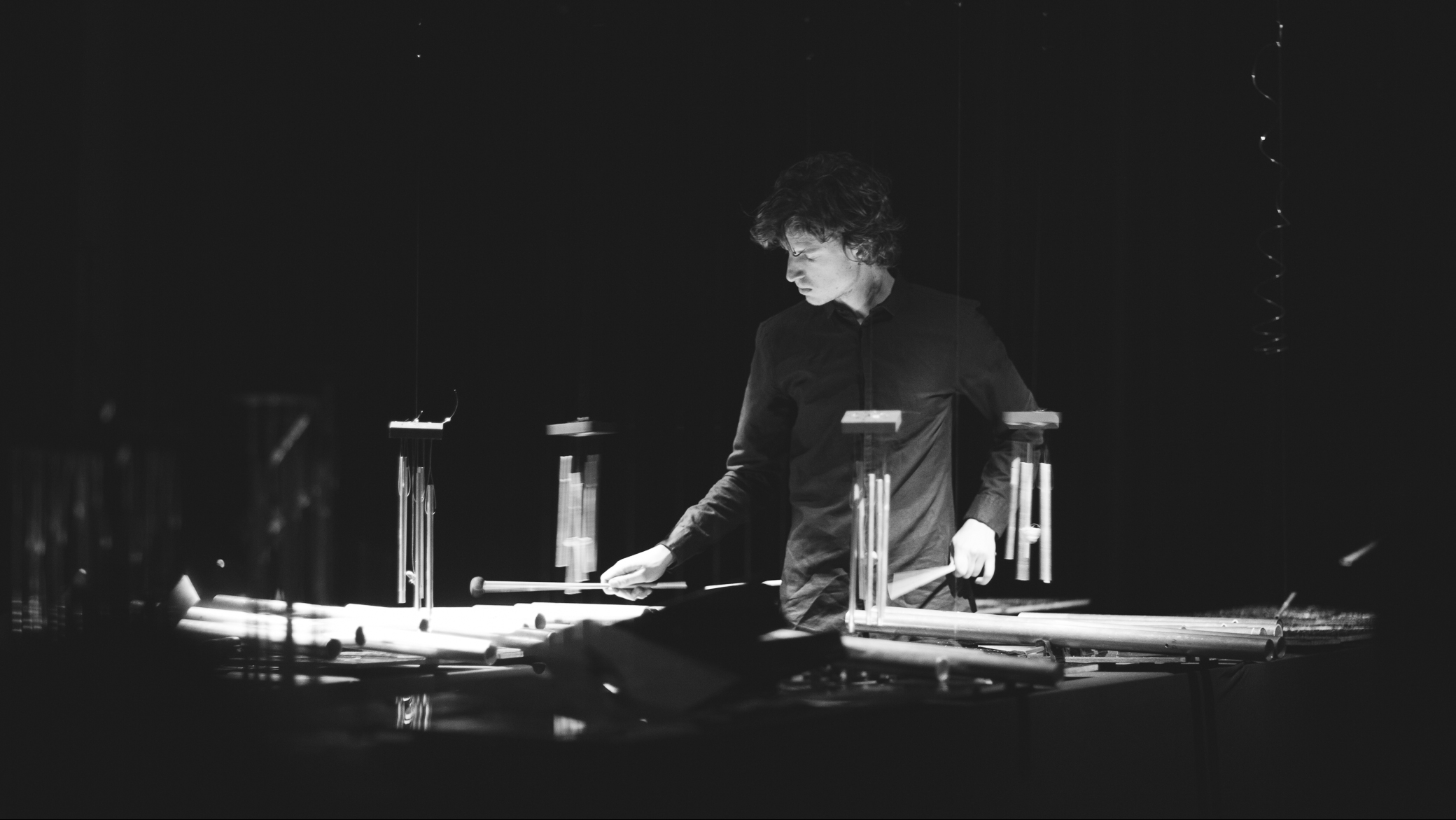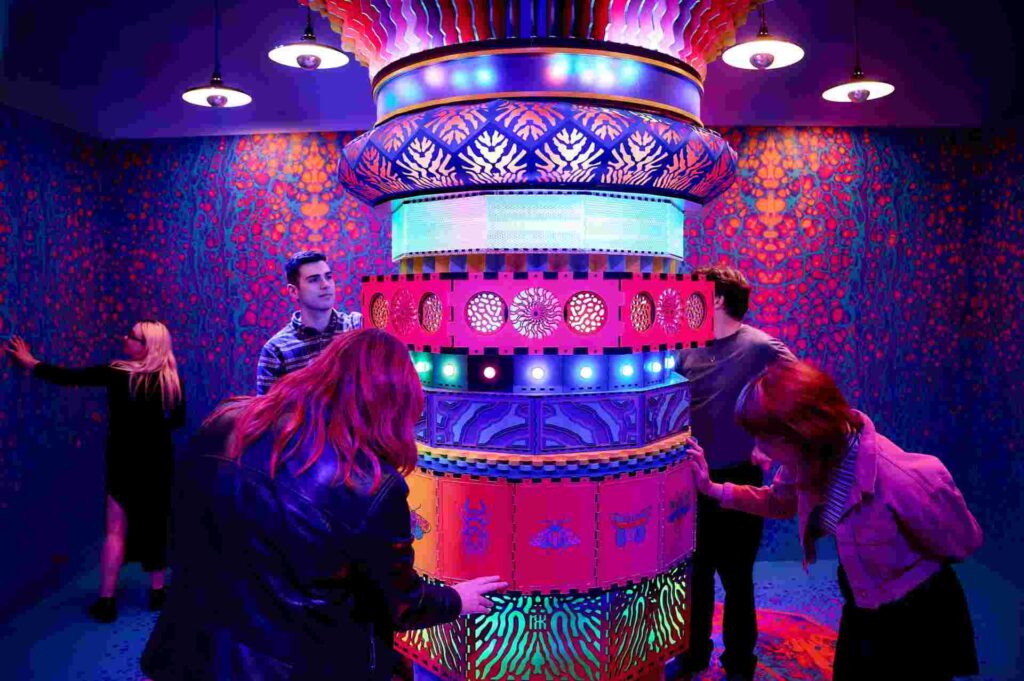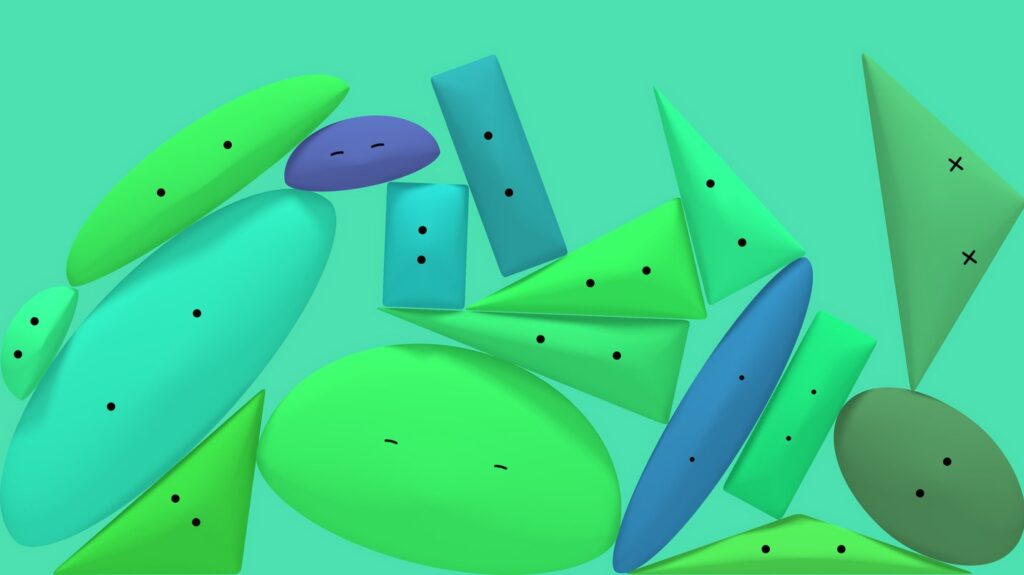“This is how we’d worked together in the past and also how I’ve always approached collaborating with sound artists and musicians,” Clipson says. “There were no rehearsals to synchronise our sonic and visual compositions. The audience is experiencing the performance exactly as the first time Liz and I performed it. It seems more exciting this way. Neither Liz or I was interested in preconceiving the experience of Hypnosis Display for the audience. The aim is for the piece to be unique for everyone, to be based on their own subjective associations of what they hear and see.
“Though we work in different formats, we both approach music and film in somewhat similar ways,” he adds, “gathering sounds and images as field recording of a sort, as a way of exploring deeply emotional and visceral environments.”
Hypnosis Display runs for 75 minutes. Clipson’s films are typically much shorter in length (around 10-20 minutes). But, while he does have a preference for shorter work, he wasn’t a total newcomer to making extended pieces.
“I collaborate with musicians for live performances that run conceivably any length,” he says, “Hypnosis Display was a commission and Leeds Opera North requested the length be 75 minutes. A longer piece entails the challenge of creating something that can sustain interest and carry the same intense resonance and emotional charge of a shorter work. Liz and I were aware of the dangers of a long piece in terms of structure, but this also attracted us, as it was a unique length for us to work in.”
Hypnosis Display is tagged as a portrayal of the American landscape and the psyche of contemporary America. These themes can be interpreted in innumerable ways – even people who haven’t been to America could conceive a depiction based on what’s broadcast around the world. Having both grown up in America, Clipson and Grouper chose to approach it from a personal perspective.
“Both of us definitely approach making work from an inward, intuitive area of ourselves,” Clipson says. “When we started making Hypnosis Display, we described our practices to each other and realised that a shared aim would be to record a sort of metabolic portrait of America as we felt it – a subjective documentary of space and sound, with America being a breath, a heartbeat, a rhythm in space. Almost from the start, we realised that we’d address these themes – the American landscape, the contemporary psyche of the environment – from the standpoint of our own subjective sensitivities to living in this country, drawing out of our memories, our dreams, our experiences, fears, hopes and frustrations. We also wanted to leave the experience of the piece very much open.”
When Clipson’s film interacts with Liz’s music, it effectively generates another point of view, distinct from the two creators’ individual visions. This allows the work to resonate with a wider audience.
“Ideally the two perspectives when combined create a third, the third perspective being the true one, which is the audience’s presence and participation,” Clipson says. “Liz’s sounds and my images were made without any planning or aim to relate them together for the performance. All of the alignments of our work is by chance. Hopefully this allows for the most powerful resonance – that of the mind of the audience reacting to these combined perspectives, with a sort of frisson resulting, a vibration of the two forms that inspires associations that Liz and I could never dream of or imagine.”
Despite its minimalism, the music Harris records under the Grouper moniker is very arresting, and at times emotionally overwhelming. However, the songs she composed for Hypnosis Display aren’t conventional pop/folk style songs. Rather they’re rooted in cassette tape field recordings.
“One way to describe Liz’s compositions for Hypnosis Display is that they resemble immense plates of sound, sort of like recordings of America’s psychic landscape,” Clipson says. “Her music and sound for this piece has a vastness to it, a sense of distance, depth and substance. But it’s a substance that’s mysterious and hard to measure. The recordings that she plays on tape-cassette players during the show, layered with her voice and other sounds, combine and coalesce in deliberate, but ominous ways that create tensions and vibrations, a bit like sonic earthquakes. I know that Liz has a deep ambivalence about American history, and we both felt we wanted to describe our feelings about the country in the most intense and powerful way possible.”
While Harris will perform her sound compositions live at Supersense, Clipson’s role is more as a projectionist. “The film is live in the sense that I project it on 16mm film, an ever more rare and unique format to be presented in film and sound venues these days,” he says. “I make work in film and project it on film because there’s so much tactility and presence in it being projected through a film projector in front of an audience. There’s so much that could technically go wrong during a show, there’s so much danger in it being projected live and not digitally.”
BY AUGUSTUS WELBY







